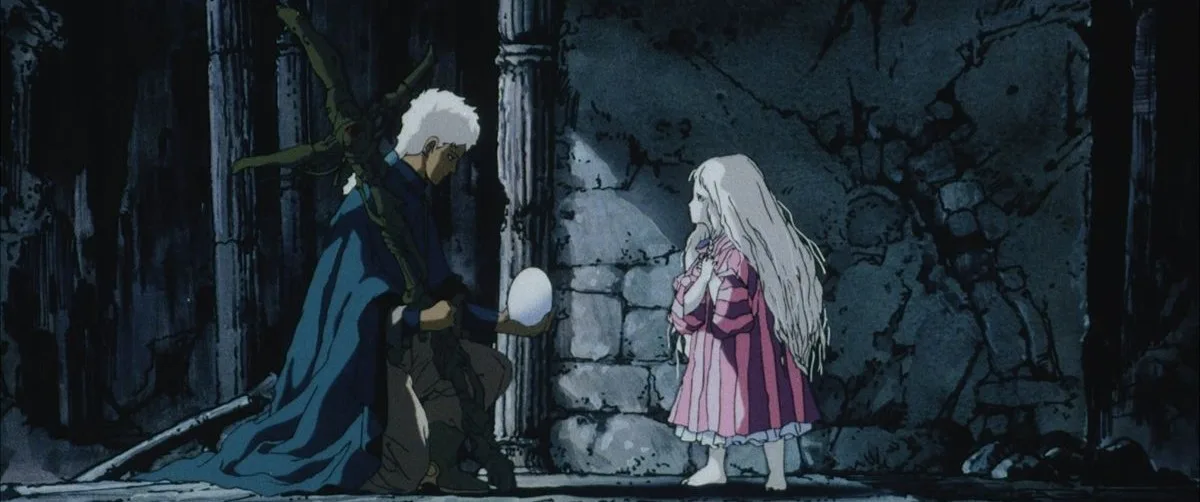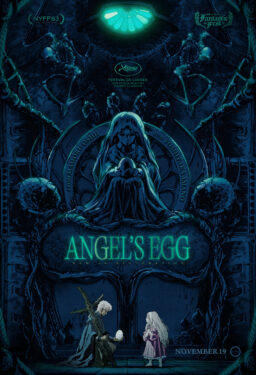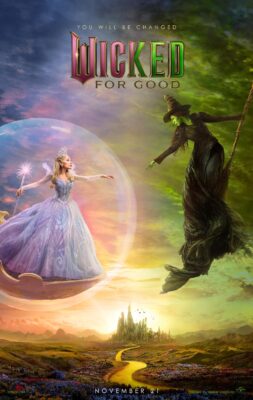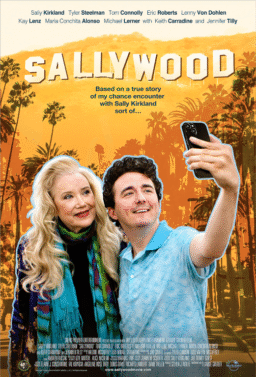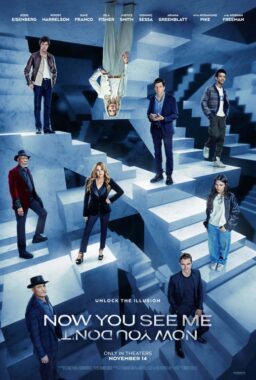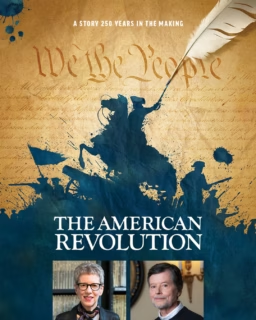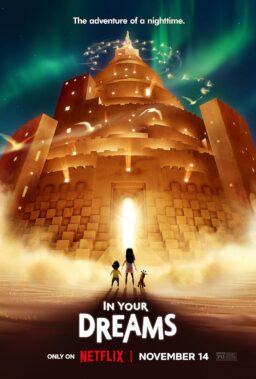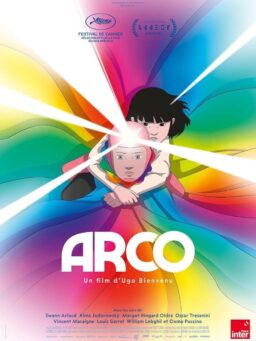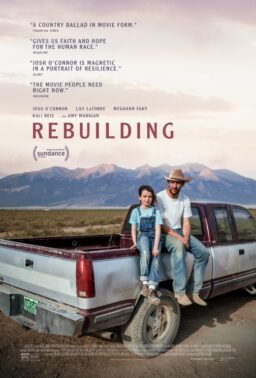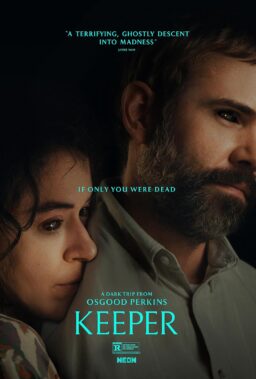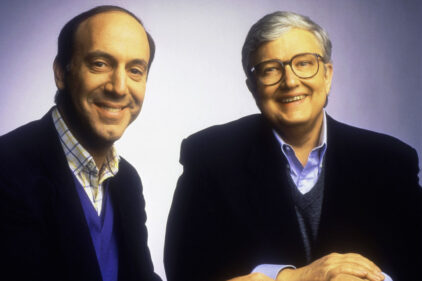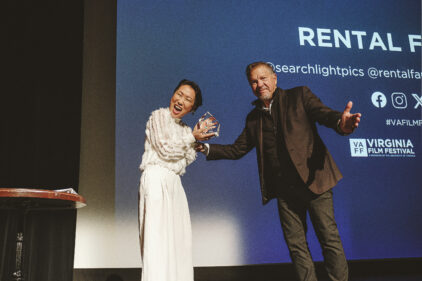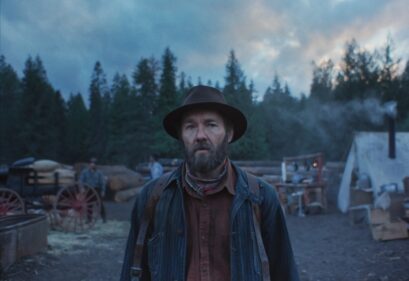In 1985, future renowned master Mamoru Oshii (“Ghost in the Shell”) worked with the incredible artist Yoshitaka Amano (“Speed Racer,” “Vampire Hunter D,” “Final Fantasy”) on his first original project, an OVA (basically a straight-to-video Japanese production) called “Angel’s Egg.” The muted response to a project that many people considered hard to decipher nearly derailed Oshii’s career before it began.
Of course, anyone with a passing knowledge of Japanese cinema knows that didn’t happen as Oshii would go on to make wildly influential movies, none more so than 1995’s “Ghost in the Shell,” a movie that reshaped so much of the culture that “The Matrix” probably doesn’t exist without it. From that point on, Oshii was an essential filmmaker with 2001’s “Avalon” premiering at Cannes and 2004’s “Ghost in the Shell 2: Innocence” even playing in competition. But “Angel’s Egg” remained largely lost to history outside of some special event screenings. For its 40th anniversary, GKIDS has remastered the film in 4K for the first time, and the result is a captivating experiment, a vision of the future that ties itself to the themes of faith and identity that have dominated fiction since the start of the written word.
With almost no dialogue and a short runtime (71 minutes), “Angel’s Egg” features only two characters: a nameless girl and boy on what looks like an otherwise empty, maybe abandoned landscape. The former protects an egg that she believes contains the embryonic form of an angel as she wanders around a desolate city either on another planet or in a post-apocalyptic future or perhaps even at the beginning of time. She meets a boy who arrives in what appears to be a massive military transport, a vision of force countered against the innocent, protective nature of the girl. He also carries a large weapon over his shoulder (that has a familiar look to so many “FF” characters in the future) that could be a sword but also bears a striking resemblance to a cross. Let’s just say the biblical symbolism does not seem accidental.
Outside of these nods to faith and even Noah’s Ark, to say there’s not much narrative to “Angel’s Egg” would be an understatement. It’s a mood piece that floats on Oshii and Amano’s artistry, a backdrop elevated greatly by a gorgeous score from Yoshihiro Kanno. The elusive nature of the plot is likely what turned people off 40 years ago, but it’s a more rewarding piece than it first appears on the surface, perhaps because we’ve become more accustomed to animated fiction like it since the ’80s. Not only are there the obvious religious images like an angel and a cross; the boy speaks of Noah’s Ark in a way that clarifies Oshii’s interest in loss of faith. There’s also a massive orb that looks like it could be the eye of God itself, and the final image challenges viewers even further to question our place in the universe, the role of faith in it, and what it all means.
It’s a simple story of balance—male/female, God/mankind, faith/disbelief, force/protection—and how these dynamics are at the root of so much of existence. It feels both remarkably simple and complex at the same time, a vision on which we can place our own interpretations of what it all means instead of being force-fed superficial messages.
Watching “Angel’s Egg” four decades after its production feels like finding a missing puzzle piece in movie history. It’s a cinematic link from the visions of influences like Alain Resnais & Andrei Tarkovsky to the style of “Belladonna of Sadness” to the future visions of the Wachowskis, Mamoru Hosoda, and many more. It’s a film that works more like a dream than a traditional narrative, a work that was undeniably ahead of its time in 1985, when none other than Hayao Miyazaki reportedly called it boring. As much as I love that living master, there’s nothing boring about this film, although perhaps it’s enhanced by hindsight. One can see so much of the tone of this film in not just future Oshii and Amano projects, but art from around the world. So much wonderful work emerged from this cracked “Egg”; it’s a gift now to see where it all began.

